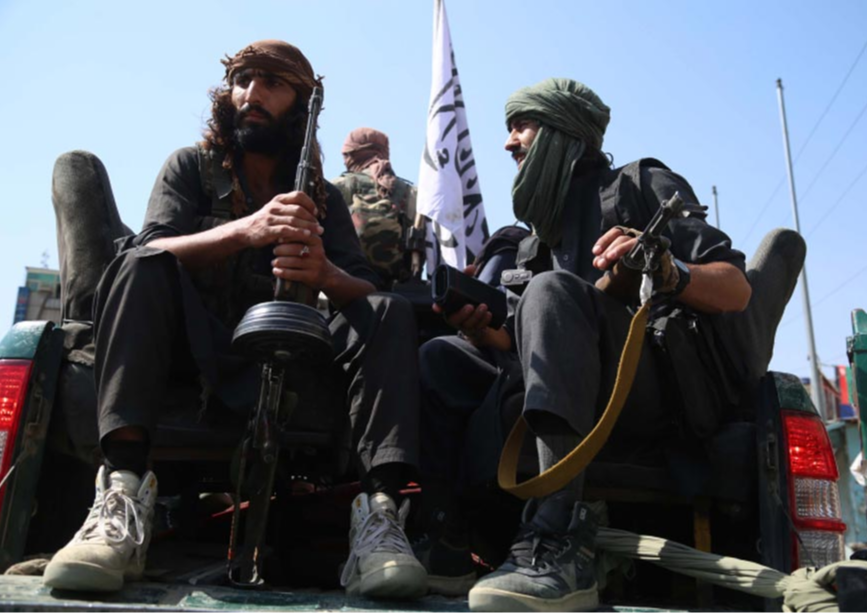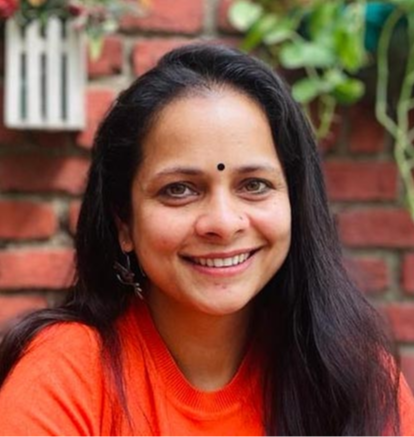
The Islamic State Khorasan (IS-K) attack in the Russian Crocus Hall in March 2024, with gunmen recording it with their firearms equipped with GoPro cameras, resulting in first-person scenes reminiscent of the Call of Duty videogame franchise, has once again brought the discussion about terrorism and social media to the forefront.
The 21st century has seen an unprecedented revolution in communication and connectivity due to the emergence of social media. While offering vast global collaboration and engagement opportunities, this connectivity also presents significant challenges. These include the rampant spread of misinformation, erosion of privacy, and the potential for social polarisation and psychological harm. Therefore, navigating the digital landscape of social media in today's era requires a careful balance between leveraging its benefits and mitigating its risks.
Social media facilitates the radicalisation of vulnerable populations, complicating global coordination and response efforts to combat terrorism effectively.
Among the most pressing challenges is the use of social media by terrorist organisations, which poses multifaceted challenges to counterterrorism efforts worldwide. These challenges encompass the dissemination of propaganda for recruitment and incitement of violence, operational coordination, fundraising, and cybersecurity threats. Significantly, social media facilitates the radicalisation of vulnerable populations, complicating global coordination and response efforts to combat terrorism effectively. In essence, terrorist organisations' utilisation of social media stands as one of the most significant contemporary threats in the realm of security and counterterrorism.
Since the resurgence of the Taliban and their takeover of Afghanistan in August 2021, intra-jihadist competition in the region has expanded, both in physical and cyber domains. Notably, the Islamic State of Khorasan (ISK) and the Taliban have demonstrated remarkable efficacy in leveraging digital platforms. ISK, in particular, has intensified its propaganda efforts to challenge the Taliban's legitimacy and present itself as the custodian of jihadist ideology. Recognising the power of social media, ISKP's propaganda apparatus operates with the motto, “Our pens are daggers in the hearts of kuffar,” strategically disseminating content in various languages to amplify its message globally.
Currently, the Islamic State functions as a military and significant media entity. As highlighted in the October 2015 report “Documenting the Virtual Caliphate” by the Quilliam Foundation, the group publishes an average of 38 new media items each day, ranging from 20-minute videos, comprehensive documentaries, and photo essays to audio recordings and pamphlets, available in multiple languages. The expansive digital propaganda initiative has successfully persuaded more than 30,000 individuals to abandon their families and travel on the path of jihad.
ISK, in particular, has intensified its propaganda efforts to challenge the Taliban's legitimacy and present itself as the custodian of jihadist ideology.
It is crucial to recognise that ISK's strategic focus on digital platforms is not merely a response to territorial losses in Iraq and Syria but is an effort to maintain relevance and sustain a global presence. This has enabled ISK to extend its reach through extensive social media campaigns and a network of branches worldwide.
The group adeptly utilises social media platforms, including X (formerly Twitter), Facebook, YouTube, Telegram, Signal, WhatsApp, Snapchat, and other gaming platforms. Their content ranges from graphic depictions of violence to portraying an alleged utopian life under their rule, strategically targeting individuals susceptible to radicalisation.
Since its inception in 2021, the ISK has adopted a multifaceted approach to its digital presence, characterised by top-down and bottom-up strategies. Unlike some terrorist organisations, ISK does not rely on a centralised website but utilises various social media channels to disseminate its message. With a robust anti-Taliban stance, ISK's focus extends globally, regionally, and locally, targeting audiences primarily in South and Central Asia. Propaganda materials are produced in several languages, including Urdu, English, Pashto, Russian, Persian, Tajik, Uzbek, Hindi, Tamil, Malayalam, Arabic, Russian, Dari, and Bengali. ISK's media apparatus consistently translates and disseminates content, complemented by regular publications of books to further its ideological narrative.
With a robust anti-Taliban stance, ISK's focus extends globally, regionally, and locally, targeting audiences primarily in South and Central Asia.
At the forefront of ISK's media efforts is the Al-Azaim Foundation for Media Productions and Communications, reflecting the group's transnational nature. ISK disseminates propaganda across borders through various units like Al-Millat Media and Khalid Media, aiming to appeal to diverse audiences. Magazines such as the Voice of Khorasan, Khorasan Ghag, and Yalghar, published in English, Pashto, and Urdu, respectively, serve as vehicles for ISK's extremist ideology, complemented by audio and video statements. The group also publishes infographics of its attacks, which appear in al-Naba, as well as audio and video statements.
Its other propaganda units include Al-Millat Media (publishes booklets and statements from ISKP's central leadership); Khalid Media (video production); Al-Akhbar Wilayah Khorasan (more mundane statements and day-to-day developments); Haqeeqat News (same as above); Tor Barighona; Al-Mursalat Media.
These units collectively contribute to ISK's extensive digital presence, strategically disseminating content across various media formats and platforms to amplify its message and recruitment efforts.
According to the Canadian think tank SecDev Foundation, ISK's messaging channels can be categorised into three categories:
- Official channels managed and supervised by the groups themselves.
- Directly linked channels, unofficial yet closely associated with these groups.
- Indirect channels, independent but disseminating content from violent extremist groups and amplifying their messages.
Beyond mainstream platforms like Telegram, ISK utilises lesser-regulated platforms such as Odnoklassniki, Discord, and Rocket.Chat to evade surveillance and expand its online presence.
By targeting security forces of various countries through coordinated attacks shared extensively on social media, ISK seeks to solidify its base and attract recruits sympathetic to its cause.
Unlike the Taliban, whose focus remains primarily on Afghanistan, ISK aims at merging the entire region from South and Central Asia under the Greater Khorasan region. By targeting security forces of various countries through coordinated attacks shared extensively on social media, ISK seeks to solidify its base and attract recruits sympathetic to its cause. Moreover, ISK's active digital outreach poses a significant security threat not only within Afghanistan but also in neighbouring countries, where it could inspire and instigate terrorist activities.
Given its limited territorial control, ISK heavily relies on the Internet for planning, logistics, recruitment, and operational coordination, including social media. Countering the threat posed by ISK and its sympathizers necessitates monitoring and disrupting a wide range of digital platforms, channels, subscriptions, and interactions across multiple jurisdictions and languages. In contrast, the Islamic State calls for Media Jihad, advocating for its followers to operate openly on the most widely accessible platforms of the Internet. It has concluded that the benefits of garnering publicity outweigh the need for maintaining secrecy.
It is essential to note ISK's antagonistic stance towards the Taliban, as it views their version of Islamist rule as insufficiently conventional. Through its propaganda efforts, ISK seeks to discredit the Taliban and other regional and global actors, criticizing Russia for signing deals with the Taliban, critiquing China's treatment of Uyghur Muslims, condemning Western military interventions, and accusing Pakistan of supporting its rivals. Meanwhile, the Taliban is focused on using social media platforms to showcase their progress since their takeover and from time to time make diplomatic statements in favour of the regional partners, with an undercurrent object of being acknowledged and recognised. Moreover, ISK targets educational institutions, producing propaganda materials to recruit from schools and colleges, thus perpetuating its extremist agenda.
The Taliban is focused on using social media platforms to showcase their progress since their takeover and from time to time make diplomatic statements in favour of the regional partners, with an undercurrent object of being acknowledged and recognised.
In conclusion, the proliferation of ISK's extremist propaganda and recruitment efforts in the digital sphere underscores the urgent need for comprehensive strategies to counter violent extremism and safeguard vulnerable populations from radicalisation. The encryption of these channels presents a formidable challenge to traditional surveillance methods, allowing terrorists to operate discreetly globally. Therefore, only through concerted international cooperation and concerted efforts to monitor and disrupt online activities can the threat posed by ISK and similar terrorist organisations be effectively mitigated in the digital age.
Soumya Awasthi is a freelance consultant.
The views expressed above belong to the author(s). ORF research and analyses now available on Telegram! Click here to access our curated content — blogs, longforms and interviews.




 PREV
PREV


